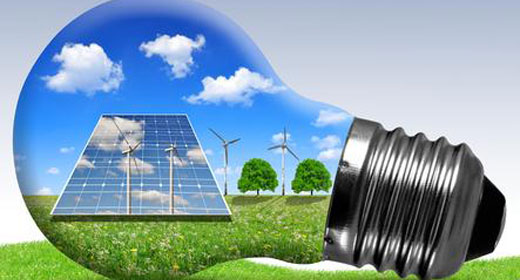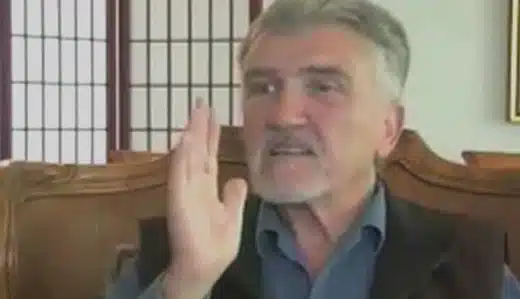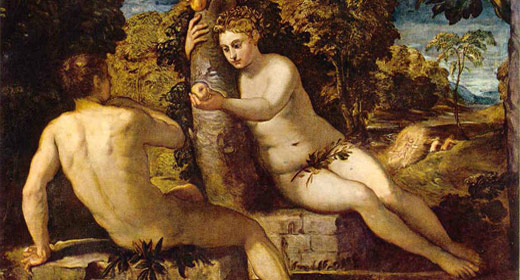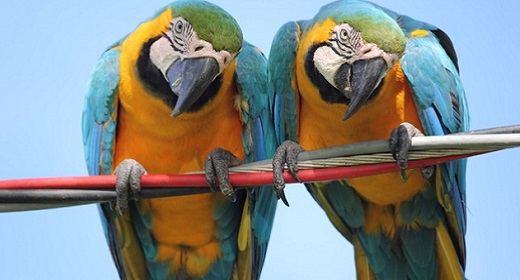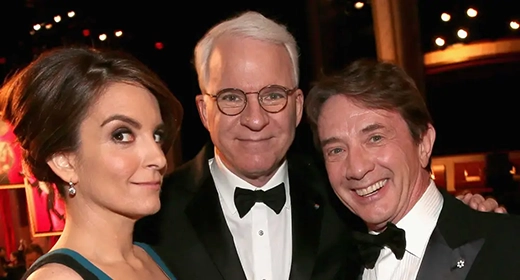by Ed and Deb Shapiro: Nowadays, mindfulness and meditation are often used to mean the same thing, which can be confusing…
while not many of us are clear on what ‘mindfulness meditation’ is and how it differs from either of the above. So here’s our version:
Mindfulness is being aware. It’s noticing and paying attention to thoughts, feelings, behavior, and everything else. Mindfulness can be practiced at any time, wherever we are, whoever we are with, and whatever we are doing, by just showing up and being fully engaged in the here and now.
That means being free of both the past and future—the what if’s and what maybe’s—and free of judgment of right or wrong—the I’m-the-best or I’m-no-good scenarios—so that we can be totally present without distraction.
“Mindfulness is the awareness that arises when we non-judgmentally pay attention in the present moment. It cultivates access to core aspects of our own minds and bodies that our very sanity depends on,” says Jon Kabat-Zinn. “Mindfulness, which includes tenderness and kindness toward ourselves, restores dimensions of our being. These have never actually been missing, just that we have been missing them, we have been absorbed elsewhere.”
Mindfulness also releases ‘happy’ chemicals in the brain; it lowers blood pressure, improves digestion, and relaxes tension around pain. It is simple to practice and wonderful in effect. Not a bad deal when all we need do is to pay attention, which sounds like something we should all be doing anyway but often forget. When we do pay attention, then change becomes possible.
In practice, mindfulness and meditation are mirror-like reflections of each other: mindfulness supports and enriches meditation, while meditation nurtures and expands mindfulness. Where mindfulness can be applied to any situation throughout the day, meditation is usually done for a specific amount of time.
Where mindfulness is developing presence and awareness, meditation is using specific practices that enhance different aspects. There are many forms of meditation. Some are aimed at developing a clear and focused mind, known as ‘Clear Mind’ meditations. Others are aimed at developing altruistic states, such as loving kindness, compassion or forgiveness, known as ‘Open Heart’ meditations. Others use the body as a means to develop awareness, such as yoga or walking; while others use sound, as in chanting or intoning sacred words.
Mindfulness Meditation is a form of Clear Mind meditation. Attention is paid to the natural rhythm of the breath while sitting, and to the rhythm of slow walking. This alone can have an enormous impact.
“Einstein said that we can’t solve our problems from the level of thinking that we were at when we created them,” says Marianne Williamson. “A different level of thinking doesn’t mean just a different emphasis in our thinking, or a more loving kind of thinking. It means what he said, a different level of thinking, and, to me, that is what meditation is. Meditation changes us, as it returns us to our right mind.”
Meditation practice is not an end in itself. Ultimately, the method is simply an aide; not the experience itself. A hammer can help build a house but it’s not the house. However, we may wander off and do all sorts of other things, but stillness will always be there, a companion to have throughout life, like an old friend we turn to when in need of direction, inspiration, and clarity. There is no right or wrong way to practice, as we all do it differently. Most important of all, meditation is to be enjoyed!
“I could never still my mind. And then, as I was approaching my seventieth birthday, I thought the time has come,” says Jane Fonda. “Part of getting older is that as the externals begin to fray so you are beckoned inward. As my mind became quieter in meditation, I discovered this place that seemed to be suspended behind my forehead, like a chandelier hanging from the top of my skull. It was a place of complete stillness.”
Extracted from The Unexpected Power of Mindfulness & Meditation by Ed and Deb Shapiro

